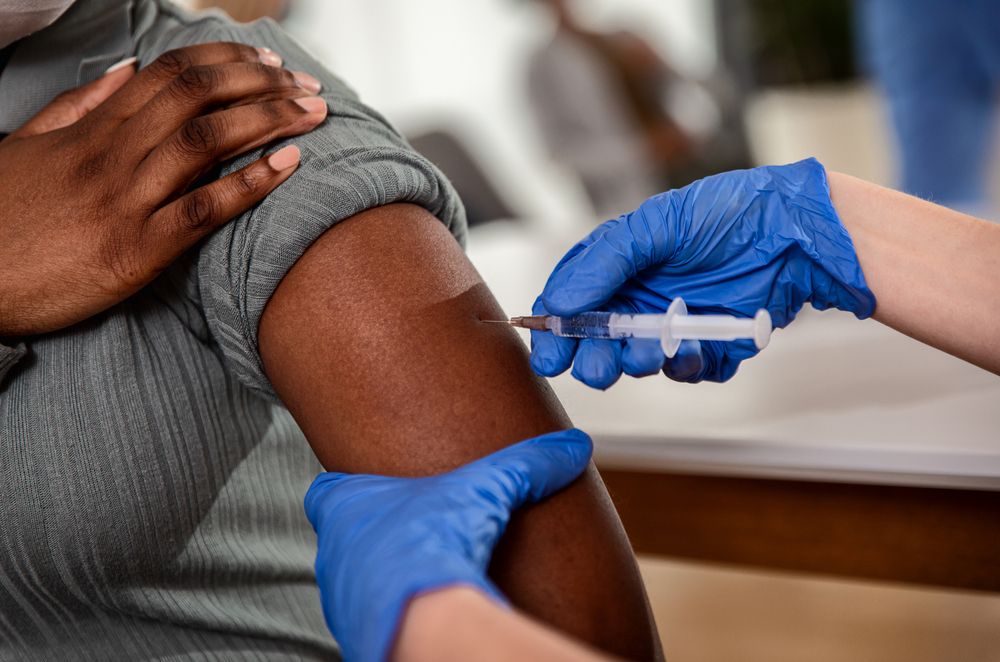Ethnic differences in SARS-CoV-2 infection and COVID-19 related hospitalisation, intensive care unit admission, and deaths in England
23 July 2021

Overview
This was the largest UK study to examine ethnic inequalities in COVID-19 – tracking patients from positive test to eventual outcome. By covering primary and secondary healthcare, and incorporating data on factors from ethnicity and deprivation to household size, it provided detailed insights into the pandemic’s health impact on different groups.
Challenge
Early in the pandemic evidence emerged from Public Health England that mortality rates were 2-3 times higher among some ethnic groups. This raised fundamental questions about the disease, its impact on patients, the way it spreads and mitigation.
Solution
The availability of large databases, holding extensive linked data, allowed a team led by Dr Rohini Mathur, Assistant Professor of Epidemiology at London School of Hygiene and Tropical Medicine (LSHTM), to study a cohort of 17,288,532 adults (40% of the English population). This included 1,025,319 (5·9%) of South Asian ethnicity, 340,912 (2·0%) Black, 170,484 (1·0%) mixed, and 320,788 (1·9%) of other ethnicity.
The models were adjusted for age, sex, deprivation, clinical factors and comorbidities, and household size, with stratification by geographical region.
As a result, said Dr Mathur:
“We able to look earlier in the care pathway. In addition to looking at deaths we looked at differences in testing, positive tests, hospitalisations and ICU admissions. We could see outcomes across the care spectrum.”
Lessons learnt
The findings (The Lancet, 30 April 2021) showed that ethnic inequalities extended from the number of patients recording a positive test through to ICU admissions and deaths. In the first wave minority ethnic groups were at increased risk of all outcomes, with severe outcomes most raised in African Caribbean groups. In the second wave the disparity widened for South Asian groups, and less for other ethnic groups.
This research, alongside qualitative studies, suggested that differences in death rates relate to exposure and susceptibility to infection rather than susceptibility to severe disease once infected.
Significant factors may include job types (giving some people potentially greater exposure) and household size. Some 21% of South Asian (7% of white) households are multigenerational, providing greater potential for older and more vulnerable people to be exposed to COVID.
Overall the research indicated that addressing ethnic inequalities in COVID-19 risks requires action on social determinants, reducing risk of infection and transmission, improving access to quality clinical care, and better management of pre-existing conditions.
Impact and outcomes
The research provided extensive evidence on the effective targeting of services. Its findings were reported to the government’s SAGE committee and fed into decisions on combatting COVID.
Public and Patient Involvement and Engagement
In light of evidence that minority ethnic groups are less likely to take up the COVID-19 vaccine the authors argue the importance of co-designing culturally competent, non-stigmatising engagement strategies with minority ethnic communities. The group has also contributed to citizens’ juries.
Impact Committee insights
The HDR UK Impact Committee chose this paper for its excellence, significance, originality and rigour. In leveraging extensively linked data to examine ethnic inequalities in COVID-19.
Contact
Dr Mathur: rohini.mathur@lshtm.ac.uk.



